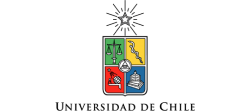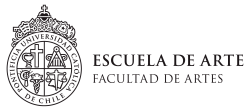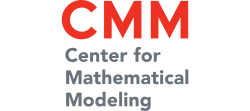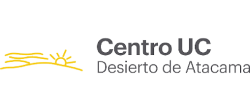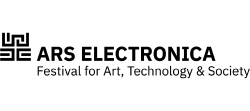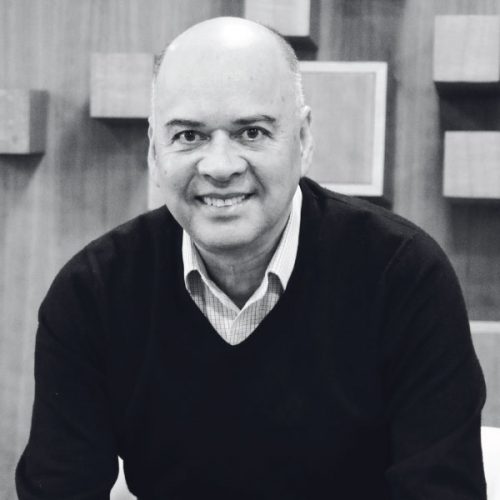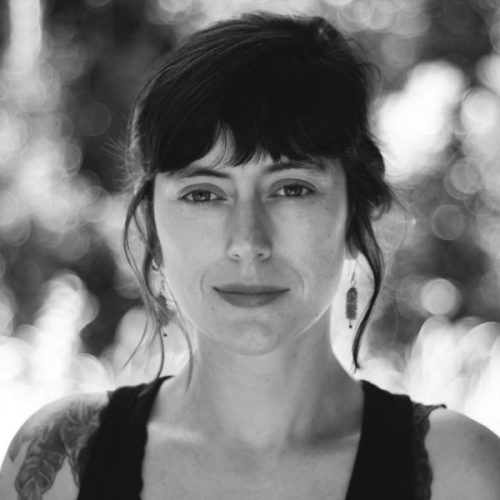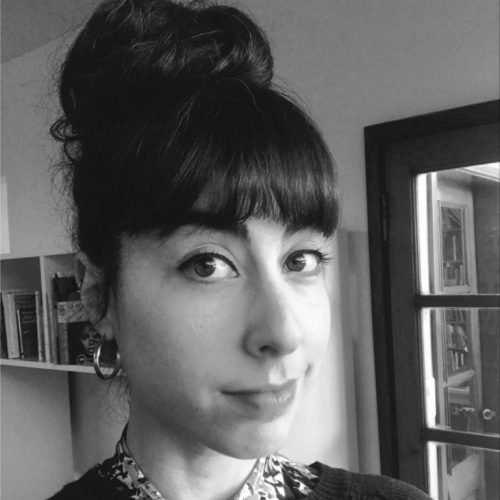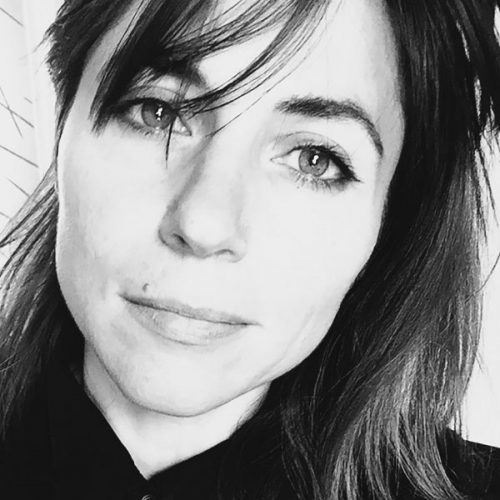Space-Earth-Water Triad
SPACE-EARTH-WATER TRIAD is the local Garden curated by PRISMA: Art, Science, Technology within the framework of Ars Electronica Festival 2020. This triad is a set of three main components of Chilean geography: Astronomy, Desert and Glaciers. The skies of our South-American country are considered by experts the best in the world to study astronomical phenomena. That is the reason why northern Chile hosts several sophisticated astronomical observatories, and Space Exploration constitutes a prominent scientific study field. North Chile is also well known for being the setting for the vast Atacama Desert –the driest desert around the globe–, which extends along the western edge of the Andes Mountains. In contrast with this brown, flat landscape, the southern part of the country owns giant glaciers that shape Chilean Patagonia representing around 80% of South-America`s glaciers.
SPACE-EARTH-WATER TRIAD displays the aforementioned natural diversity throughout local projects that merge art, science and technology in different regions of the country. The curatorial narrative hence sketches two vertical lines: one of them extends from Sky to Earth (and even beyond), and then the other one runs through Chilean North to South linking the three elements of the triad. They all share common concerns on how to foster sustainability and resilience strategies, through a transdisciplinary practice that may bridge the gap between artistic experience, scientific knowledge, and technological tools and media.
SPACE, EARTH and WATER become stars of a constellation explored through PRISMA’s website: XIRIUS. The site gathers images, videos, sounds, texts, and ideas regarding the three axes. The constellation pattern recalls the Canis Major, whose brightest star in the night sky is Sirius, also known as the “Dog Star”.
Team
Project
COSMOECOLOGY Project (SPACE)
COSMOECOLOGY Project comprises a collection of images and videos that result from the Sojourner2020 – MIT Space Exploration Initiative. One of the sequences corresponds to the Scanner Electron Microscopy (SEM) of the diatom culture exposed to martian microgravity. This technique consists of a scan over the surface of certain specimens through the use of a focused electron beam. The images have been produced in collaboration with Alice Fenxia and Joseph Sall from the Microscopy Laboratory of NYU. Another part of the project is integrated by three 3D models in which the artists simulate microgravity conditions in a 3D environment. Each line represents a diatom moving in the liquid medium. The third section of COSMOECOLOGY is a video created together with Álvaro Reyes, which depicts the transformation of the martian surface by creating an anaerobic atmosphere. An Artificial Intelligence platform was fed with images from Mars and Earth to visualize the process of terraforming.
Artist: Luis Guzmán
He holds a degree in Visual Arts from the University of Chile, with a major in Painting. His interest in combining art and Sciences led him to the field of bioethics, as the bridge between Sciences and Humanities. In 2012, he obtained a Master’s Degree in Bioethics shared between the School of Philosophy and Humanities and the School of Medicine of the University of Chile. In 2019 he received the Master of Fine Arts degree from the Art, Space & Nature program at the University of Edinburgh. He has participated in several exhibitions and collective presentations in prestigious spaces, such as the Museum of Modern Art (New York), The London Design Fair, The Saint Etienne Biennale du Design, and the Museum of Contemporary Art in Santiago, Chile.
https://www.guzmanluis.com/
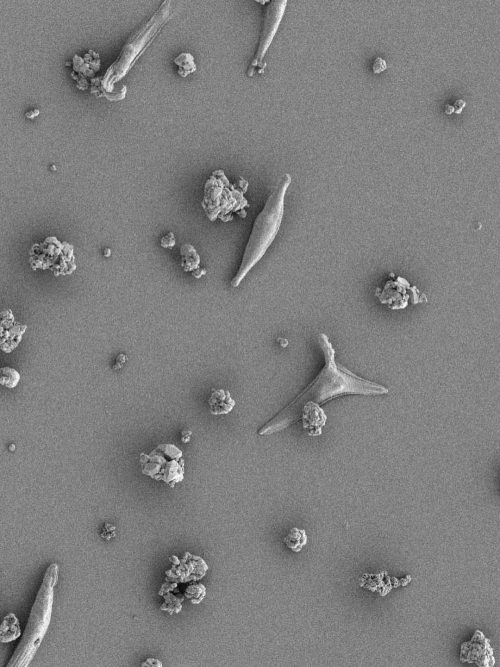
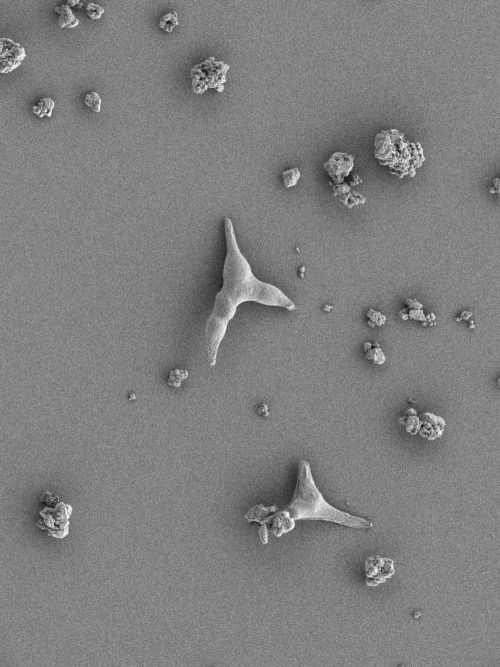
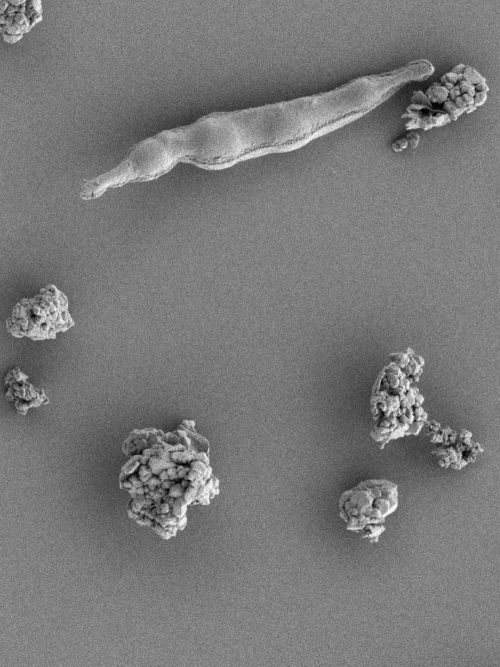
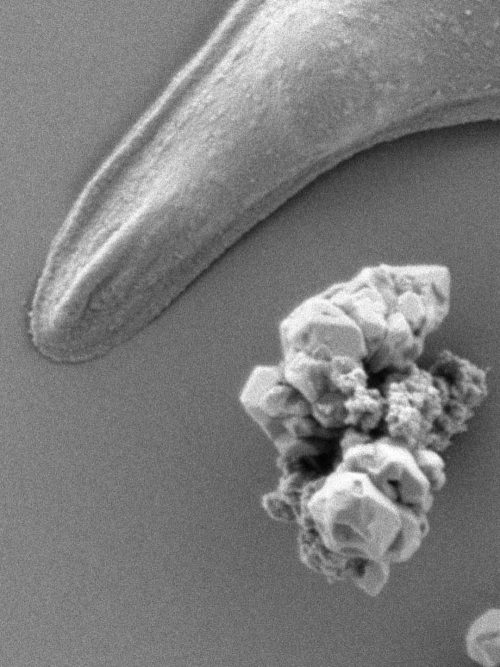
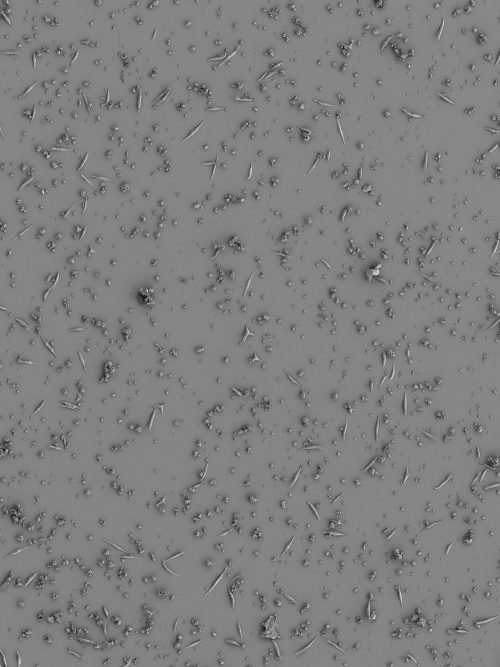
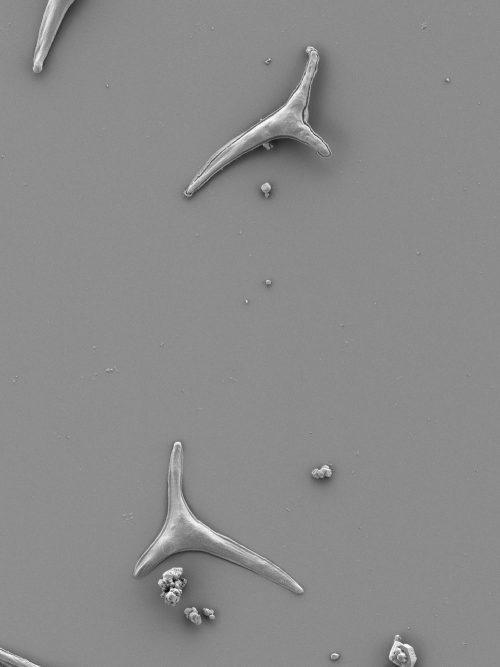
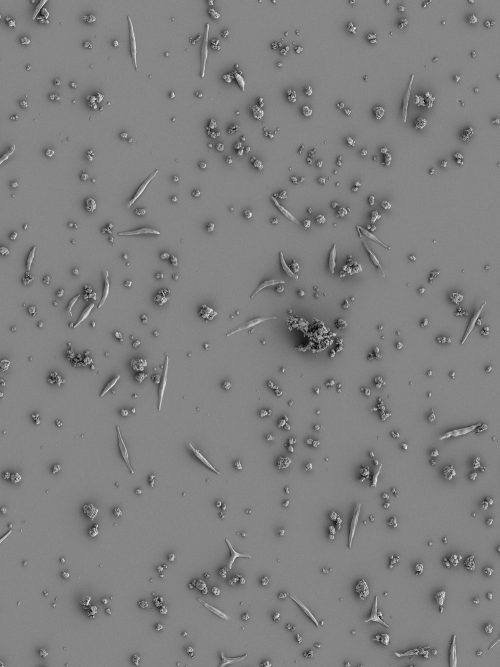
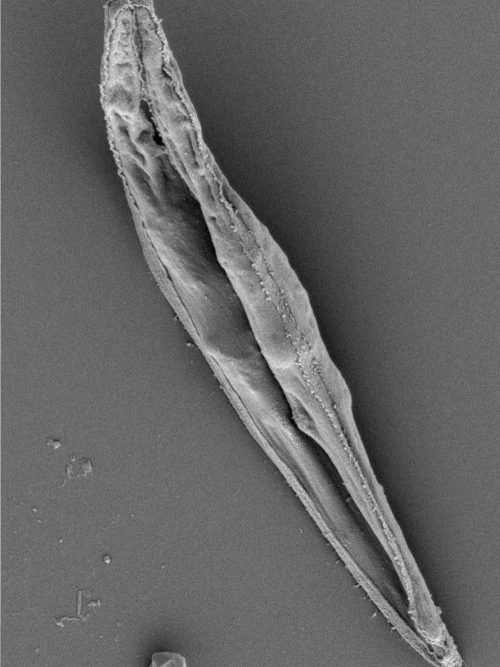
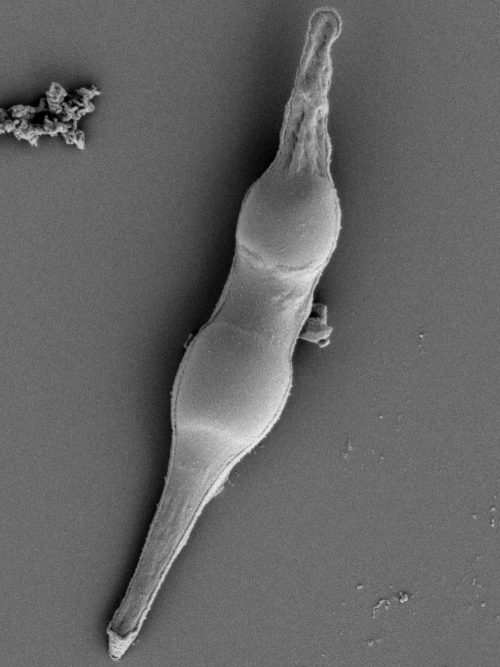
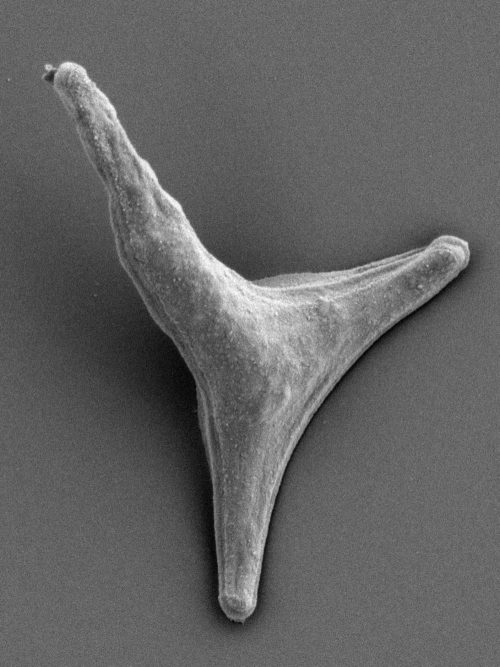
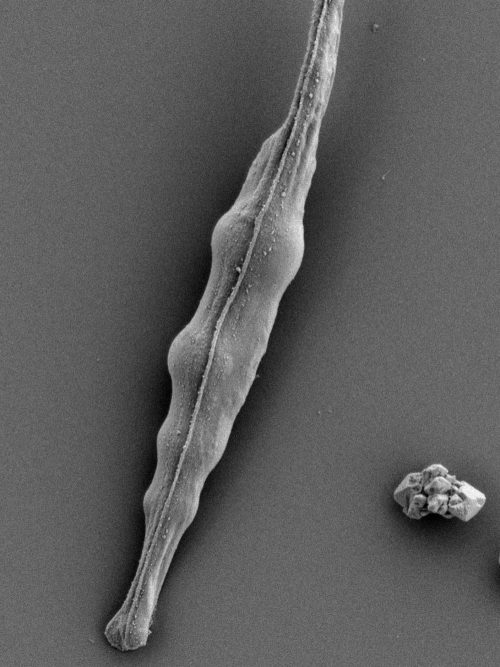
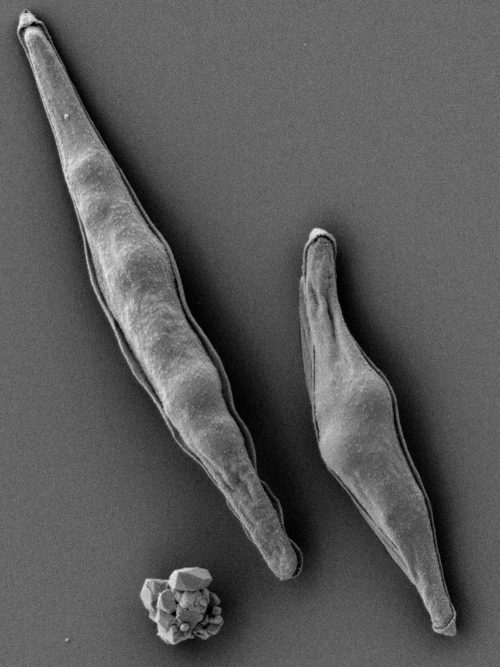
The Archive of COSMOECOLOGY Project presents the video of the NASA/SpaceX Mission CRS-20, launched from Cape Canaveral on March 7th, 2020. This was the mission in which Sejourner2020 arrived at the International Space Station (ISS). The video was created in collaboration with Diego Estrada (editor) and Peter Rosenthal (sound and music). The Archive also shows a sequence of images related to the Sojourner2020 – MIT Space Exploration Initiative.
*All image credits belong to Nasa and SpaceX
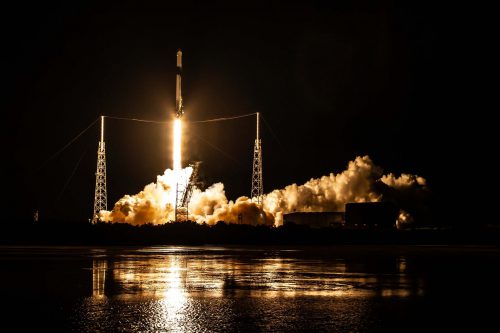
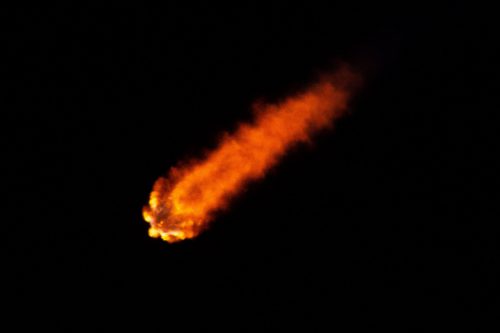
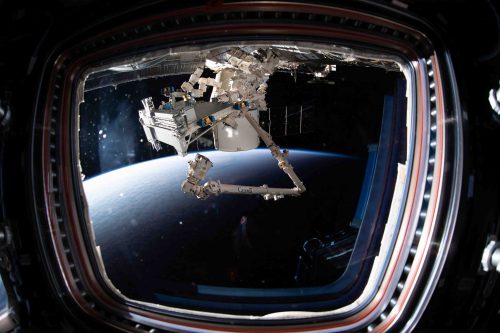
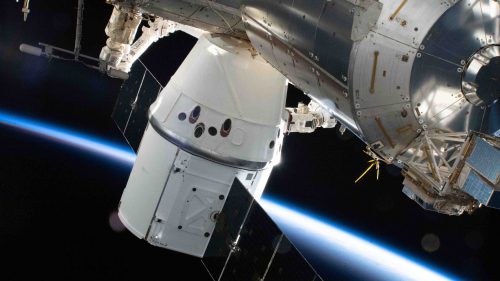
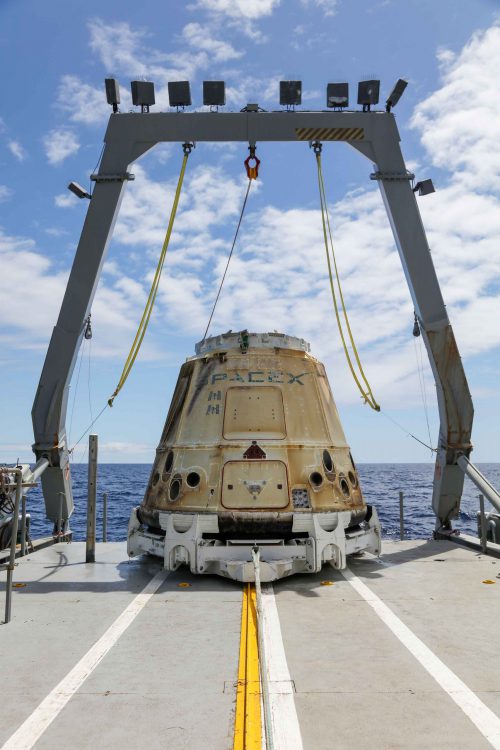
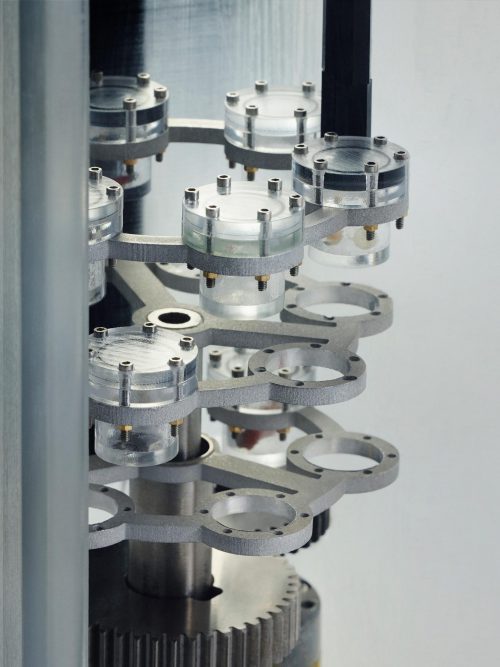
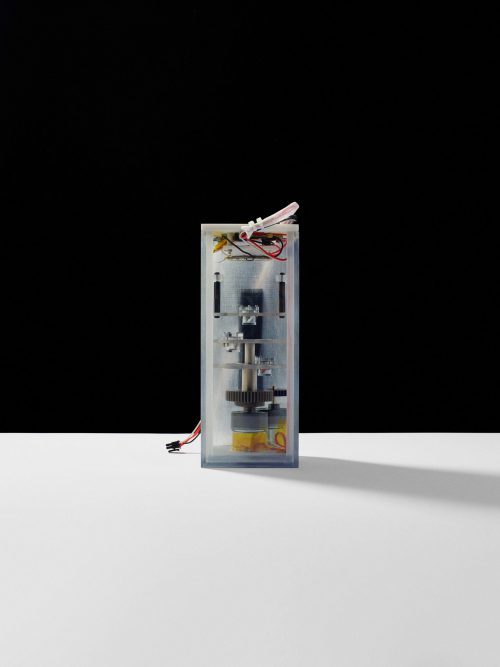
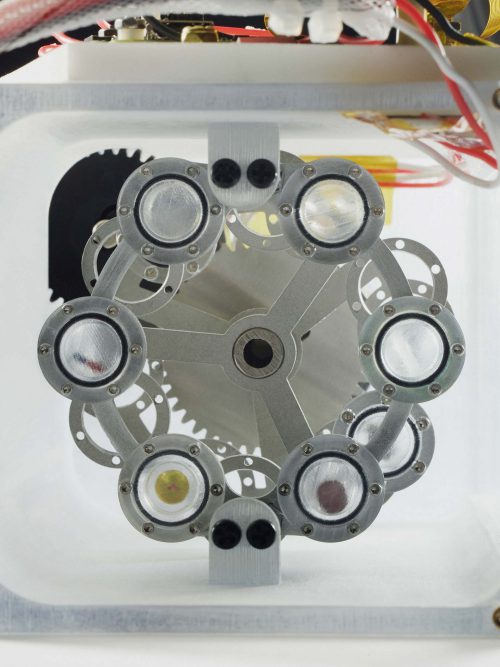
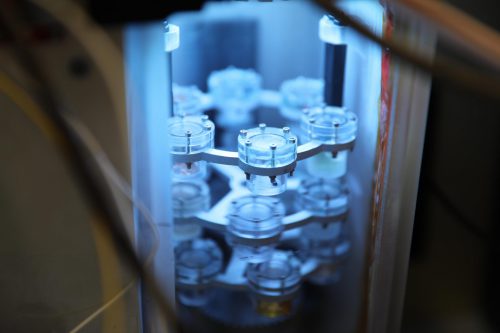
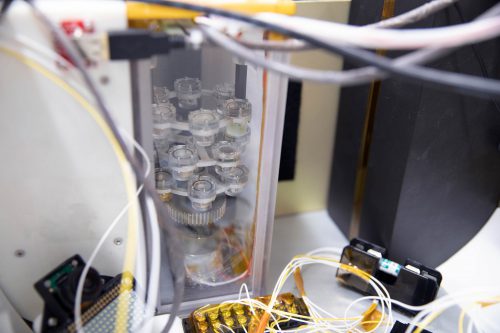
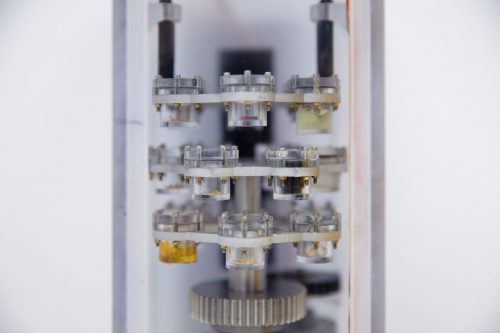
ROUND TABLE
SPACE EXPLORATION AT THE CROSSROADS OF ART AND ASTRONOMY
Moderator: Jazmín Adler
Space exploration, life in the Universe and the encounter with the unknown raise thought-provoking questions for both artistic and scientific fields. Throughout this conversation, artists Luis Guzmán and Nicole L´Huillier talk with scientist Marcos Díaz about the significance of fiction, speculation, hypothesis and error in their own work.
Members:
• Marcos Díaz Quezada
• Nicole L´Huillier
• Luis Guzmán
ROUND TABLE
LIFE IN SPACE: PHILOSOPHICAL PERSPECTIVES FOR THE FUTURE OF (PARA)HUMANITY
Moderator: Jazmín Adler
COSMOECOLOGY Project prompts us to imagine the future of humanity or even other kinds of humanity that remain unknown. Those aspects certainly entail some ethical and political considerations, which might be tackled from interdisciplinary approaches that intertwine Astrobiology, Exopolitics, Bioethics, and Media Studies. This round table discussion highlights philosophical concepts and theories referred to life in space, simbiopolitics, ontological migration, and the envision of the new world to come.
Members:
• Roberto Campos Garro
• Gonzalo Díaz Letelier
• Luiz Guzmán
NEBULA Project (EARTH)
The artists travel to Alto Patache where they develop a site-specific performance. This time they film the patterns of turbulence in motion as a real-time visualization of the spatio-temporal behaviour of the camanchaca, specially broadcasted for the Garden presented by PRISMA in Ars Electronica 2020. They take advantage of the coincidence of the Festival’s date with one of the best times of the year for the observation of camanchaca in abundance. The project shows KMNCHK ScanLab functioning on-site, as well as the multiple artefacts spread upon this particular landscape which are used to monitor and harvest the cloud, such as weather stations, fog catchers and scientific settlements.
Artist: Mauricio Lacrampette
Architect graduated from Universidad Católica de Chile. Since 2013 produces an output of work from a transdisciplinary scope, using methods and space-analysis techniques coming from the architectural practice, in combination with the use of light, artifacts, photo, video and data to modulate new interactions between coexisting entities in the material world. Has produced site-specific interventions in spaces of diverse features, always asking questions about matter, space, perception, climate, ecology and the state of nature in the contemporary moment. Currently works as independent architect, musician and media artist; as general director in KMNCHK ScanLab (2019) and producer in Nêbula (2020); a forthcoming documentary about his work with the camachaca fog.
Artist: Sebastián Arriagada
MA in Documentary Cinematography from the Universidad de Chile, filmmaker and teacher in the same University. His work ponders the appropriation of images, such as in the short films Imágenes Huérfanas, Input-output and Ejercicios de Montaje. He has also developed different video essays with Caos-Germen: documentary filmmakers collective. In his last project entitled Nebula | volumen en suspensión he worked together with a visual artist and an anthropologist making an expedition to the Atacama desert to study the behaviour of the fog. They studied and registered the patterns of the water that can be photographed by crossing the fog with a laser projector. This project was exposed in the Bienal de Artes Mediales at the Museum of Contemporary Art, Santiago, Chile (2019). He currently works as a professor at both the University of Chile and the Arcos Institute.
https://www.sebastianfilmmaker.com/
This section presents a cloud of suspended material surrounding the NEBULA Project: a cloud of work produced before, during and after the first expedition of the team. The cloud comprises fog-scans, weather datasheets, landscape photos, an expedition journey log, sketches, artefacts blueprints, topographical maps, GPS coordinates, laser visibility tests and footage of Suspensión / Traducción / Amplificación, which has been the first output of the project for the 14° Bienal de Artes Mediales (Santiago, 2019).
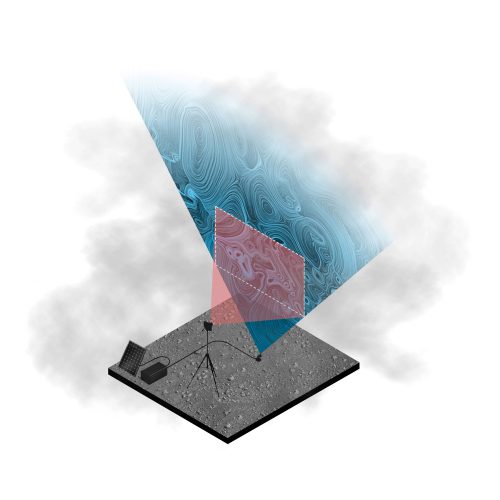
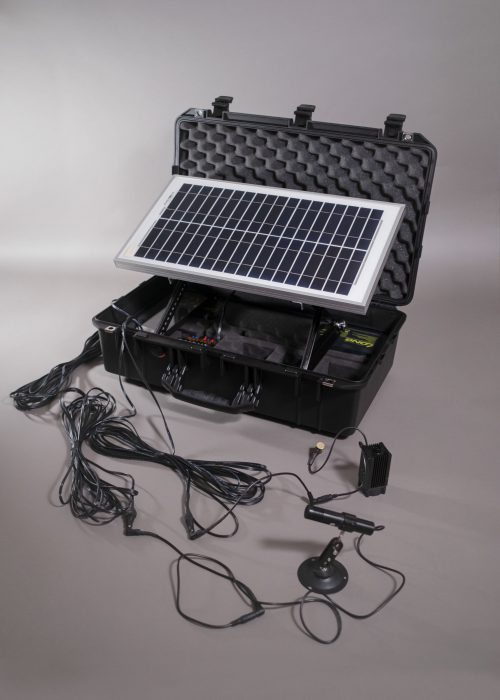
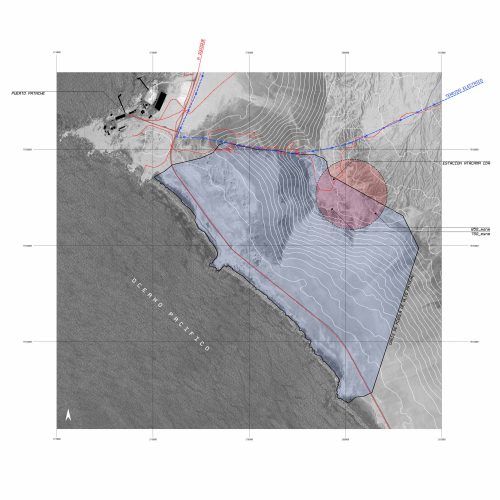
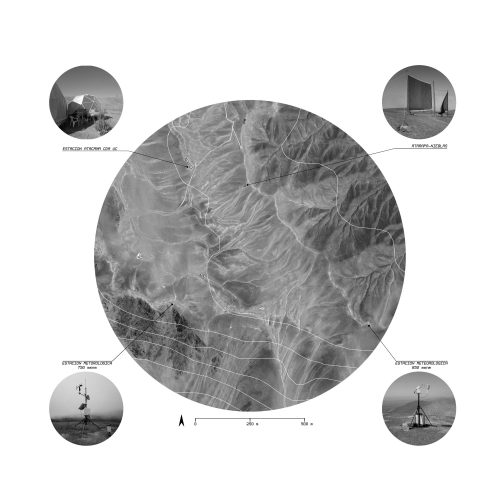
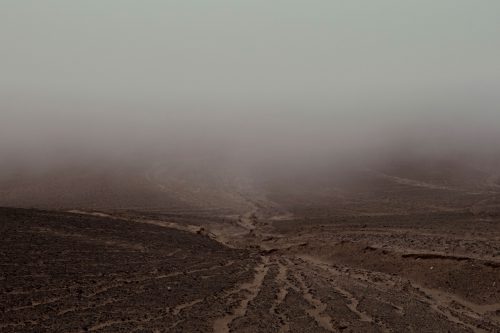
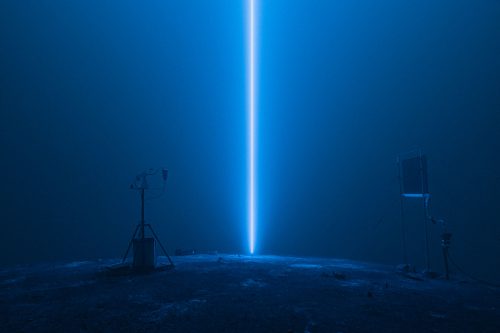
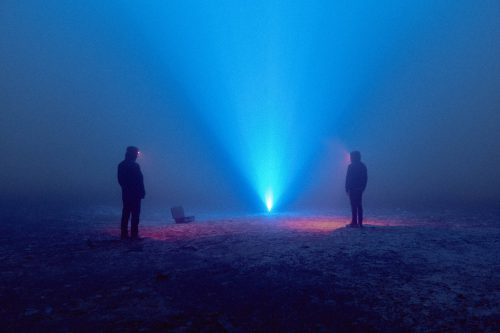
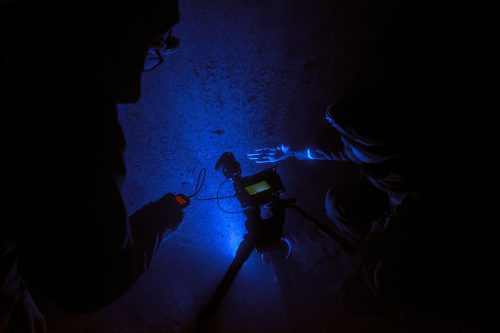
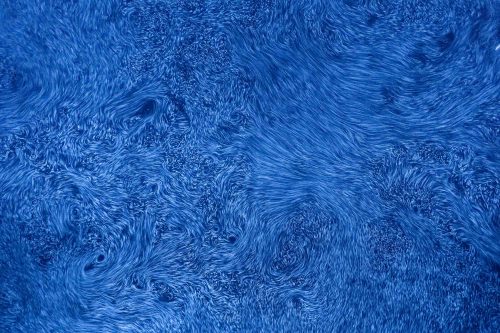
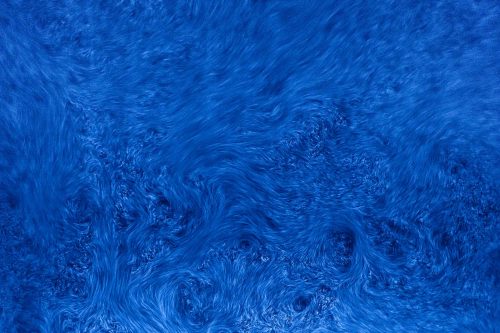
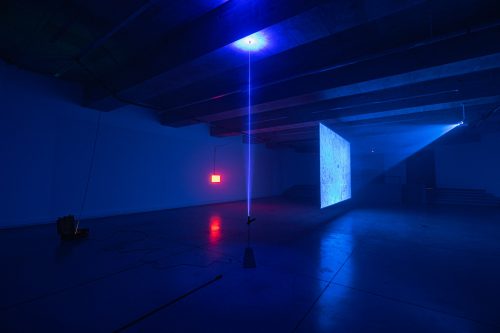
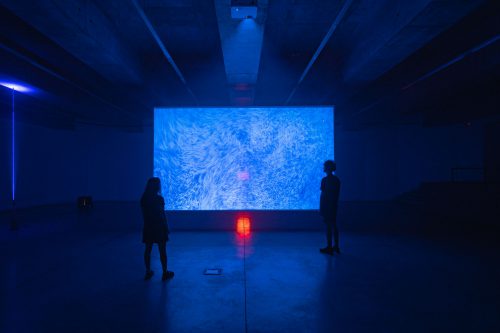
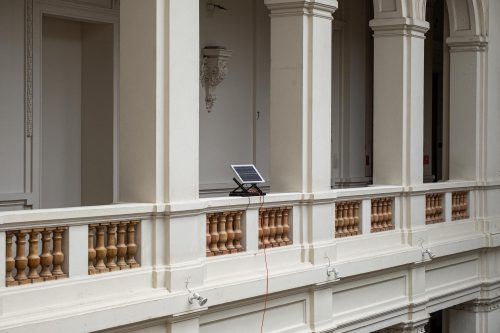
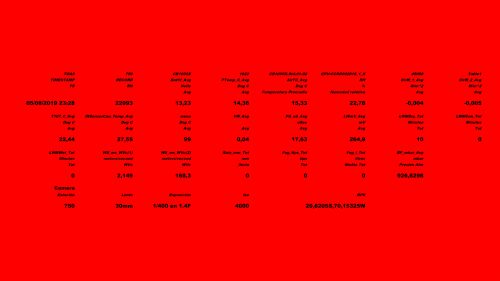
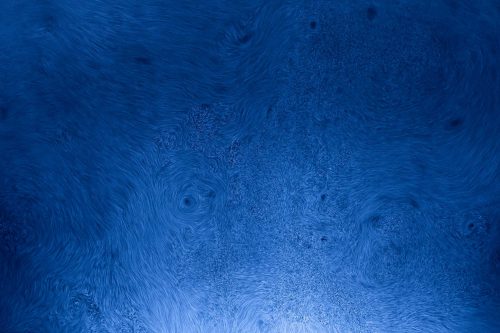
ROUND TABLE
TURBULENT FLOW: CHAOS THEORY AND CAMANCHACA´S BEHAVIOR IN ATACAMA DESERT
Moderator: Jazmín Adler
In the NEBULA Project, the chaotic inner geometry of camanchaca´s water droplets in motion unfolds a thorough investigation on mathematical notions, which may explain natural behaviours such as the dynamic of this very particular coastal fog. The artist Mauricio Lacrampette and the mathematician Alejandro Jofré exchange ideas on chaos theory and turbulent flow at the vast Atacama Desert of Northern Chile.
Members:
• Alejandro Jofré
• Mauricio Lacrampette
HEXA Project (WATER)
HEXA Project is a set of digital graphic and 3D animations that examine the process of the retreat of Schiaparelli Glacier. By means of audiovisual editing techniques, as well as sound field montage, the video provides the ice masses with body and voice through different scales and perspectives. Thus, the work joins and reinterprets two traditional sources on the glacial motion: samples obtained in situ within international scientific expeditions, and data collected from satellite measurements which is later analyzed by glaciologists in Magallanes.
Artist: Claudia Müller
She is a Chilean visual artist currently living and working in Santiago where she works as senior lecturer for the New Media Department and Central Art Workshop at the School of Arts of Pontificia Universidad Católica de Chile as well as senior lecturer on Cinematic Arts for the Department of Photography at the School of Visual Arts of Universidad Finis Terrae. Claudia holds an MFA from Universidad de Chile (2011), a BA from Universidad Finis Terrae (2006).
Claudia’s work arises from the daily observation of natural elements such as water and air in their relation with universal phenomena such as gravity and time throughout a broad range of scales, making them visible through photography, video and material installations. Her work has been exhibited internationally including locations such as Paris(FR), Bilbao(ES), Barcelona(ES), Buenos Aires(AR), Santa Cruz(BOL), Stavanger(NR), and numerous cities within Chile and she has been selected and participated in the following art residencies: BilbaoArte Foundation Residence; Art Science Research Residence at Bosque Pehuén by MarAdentro Foundation; Art, Science and Humanities Residence, CAB (Casa Museo Alberto Baeriswyl) at Tierra del Fuego.
http://claudiamuller.net
Artist: Matías Labbé
He holds an MFA from Universidad de Chile and a BFA from Pontificia Universidad Católica de Chile. His artistic research develops in the territories of hybrid disciplines concerning the environment, especially in the interaction between nature and technology. He extends his artistic production in various fields, either from the exhibition of his works collectively and individually in Chile and America (Buenos Aires, Lima, New York), as well as through the creation and management of exhibition projects, residencies, curatorships and the writing for other artists projects.
http://www.matiaslabbe.com
Este video ofrece una visita guiada por el Parque Etnobotánico de Omora, ubicado en la costa norte de la Isla This video offers a guided tour through the Omora Ethnobotanical Park, located on the north coast of Navarino Island. “Omora” derives from the Yahgan word for hummingbird. For this southernmost indigenous community in the world, Omora is not just a bird: it is also a hero since Omora is said to have helped to maintain the harmony between society and the natural environment. The project of the Park has been designed by environmental researchers and philosophers, who developed the Sub- Antarctic Biocultural Conservation Program and its different main areas: Sub-Antarctic Biodiversity; Socio-Ecological Research and Long-Term Monitoring; Integration between Environmental Ethics, Ecological Sciences in Biocultural Education and Biodiversity Conservation.
ROUND TABLE
ON ART & SCIENCE TRANSLATIONS: FROM NATURAL PHENOMENA TO DATA VISUALIZATION
Moderator: Jazmín Adler
In this round table, the authors of HEXA Project discuss with glaciologists some ideas, challenges and methods involved in the translation of scientific data regarding Schiaparelli Glacier into visual and sound representations. The conversation focuses on how HEXA explores mathematical behaviours in nature from the convergence between artistic imaginaries and scientific research.
Members:
• Francisco Aguirre
• Ángeles Estévez
• Inti González
• Claudia Müller
• Matías Labbé
Support
